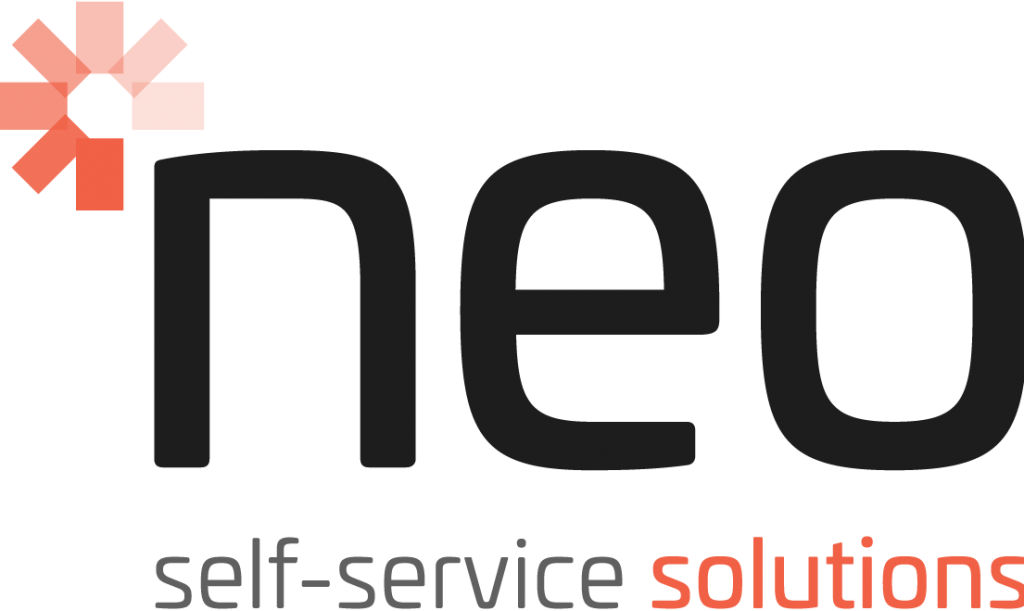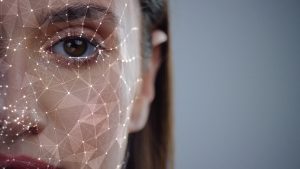In “Beds are Burning”, the iconic land right’s anthem recorded and performed by the Australian band, Midnight Oil, they use visceral prose to champion the land rights of Indigenous Australians.
With verses like “From Kintore East to Yuendumu, the Western Desert lives and breathes, in forty five degrees”, they distil the essence of how tough the very remote parts of the Australian outback are.
In its substance, this song is protesting on behalf of the Pintupi people who are native to a vast stretch of the Western Desert, in central Australia.
The nub of this article is about that desert, and centres on a settlement that also figures large in the history of the Pintupi people. And that is Kiwirrkurra. It is considered to be the most remote community in Australia.

Kiwirrkurra
Kiwirrkurra is so remote, it makes Kintore East look almost suburban. Kintore East is a mere 17 hour drive from Alice Springs, the nearest town of any size. In fact, if you are heading to Kiwirrkurra, you pass through Kintore East. Just make sure you top up your fuel and water, as you have another 9 hours of punishing driving ahead, and in all probability, you will be driving in temperatures above 40 degrees Celsius.
What you will find when you get to Kiwirrkurra is a rather unique piece of technology for such a place. And that’s a Hitnet kiosk and digital hub.
But more on that later.
The Pintupi Nine
A fascinating piece of Australian history, and another testament to the remoteness of Kiwirrkurra, is that this is where the Pintupi Nine discovered civilization.
The Pintupi Nine were a family of two co-wives in their 30s, and seven children in their teens who, until being found, were living a traditional hunter-gather life and had not been in contact with another human being in over twenty years.
You would be forgiven for thinking that this happened in the 1800’s. But the Pintupi Nine were found in 1984. They came out of the desert, and into civilisation at Kiwirrkurra. They had never seen a European before that time, and are considered to be the last of Australia’s Indigenous nomads.
Their hunter-gatherer lives meant that they were all found to be extremely fit and healthy.
All but one is still alive and most remain living in Kiwirrkurra. They have become successful artists, some of them world renowned.
Hitnet– “What do they do, and why is it so important”?
Showing genuine commercial grit, and sincere care for the wellbeing of Indigenous communities throughout Australia, the Hitnet team has spent the last 20 years creating one of Australia’s most important hands-on health support networks for Indigenous Australians. And I mean “hands-on”. Hitnet deploys Neo touchscreen kiosks directly into these communities.
Kiwirrkurra is one of the 70-odd access points that Hitnet have deployed in some seriously hard to reach parts of Australia.
Hitnet brings information and services to the hardest-to-reach people in the world. As governments and organisations are digitising their services, Hitnet breaks down barriers to provide connection, access and information to the 3 million people in Australia who are digitally excluded, or 12% of the population.
Hitnet provides Community Hubs with WiFi hotspots, enabling people to connect to online services and access culturally appropriate health and social information. They are a one-stop digital shop for marginalised communities.
Hitnet’s vision is to build vibrant, healthy and digitally capable communities, engaged in the digital economy all over the world. By 2021, we aim to be improving the lives of 1 million daily.
Reach and Audience
Hitnet’s main audience is Aboriginal and Torres Islander children, teenagers and young parents, particularly in remote and regional locations. In cities and regional towns, refugee and new migrant groups are also users.
Most communities where the Hitnet Hubs are located are extremely remote with less than 200 people, including Kiwirkurra (arguably the most remote community in Australia) and Saibai Island (closer to the Papua New Guinea mainland than the most northern tip of the Australian mainland).
Hitnet’s platform in Australia includes approximately 70 Hitnet Community Hubs in urban, regional and remote communities. The Hubs are located in health clinics, hospitals, schools, libraries and youth detention centres. Each Hub is used on average 1,000 times per year, and each “use” represents a purposeful interactive session – not just passive viewing of a screen. Further, to broaden the reach, the content is also distributed via the web and via downloadable, offline capable web apps to mobile devices.
In this context in 2017, there were on average 1000 purposeful uses of each Hub for the year, in 42 different communities, with locally produced content being the most used.
Another recent addition Hitnet has applied to the initiative is to turn the kiosks into digital hubs for the communities, providing what is often the only wifi access point in the community. This enables the communities to download apps and content onto their personal devices and creates a common access point where they can communicate directly with other communities, often physically remote, but not culturally.
Hitnet employs great cultural sensitivity in co-creating the modules, as often engages directly with the communities themselves in determining and generating the content.
Why Does Hitnet Use Neo Kiosks?
Neo have been Hitnet’s sole hardware provider since 2009. This relationship has been a successful, long-lived one due to the mutual drive to deliver to these hard to reach communities. Neo have always been responsive to Hitnet’s needs and supportive of new innovation and requirements. The quality of Neo’s touchscreen kiosks are paramount as once they leave the factory floor in Melbourne, they are delivered and installed into places where technicians may visit only every few months. The kiosks have stood the test of time and remoteness, with the occasional vacuum out of red dust, many of these units have been on location for the past 7 or 8 years.
Get an insight into the socially important work the Hitnet team do by clicking here.
I’d like to believe that the Pintupi “Eight” stay healthy by being regular users of the culturally appropriate health and social content on the Hitnet Community Hub.



